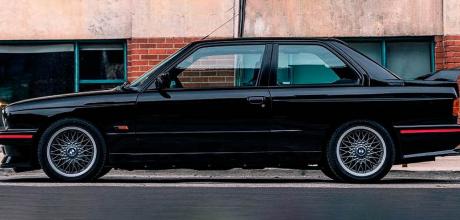1989 BMW M3 Sport EVO E30
The original M3, based on BMW’s handsome E30 Three Series, arrived with flair and fanfare at the 1985 Frankfurt Auto Show. Here was a well-revised, well-sorted E30 built as a homologation special to challenge the likes of the Cosworth-engined Mercedes-Benz 190E W201 on the racetracks of Europe. While sharing its main components with the road-going Three Series, as per Group A regulations, the M3 was lighter and stiffer and quicker.
WORDS BRUCE MCMAHON
IMAGES ZACH BREHL
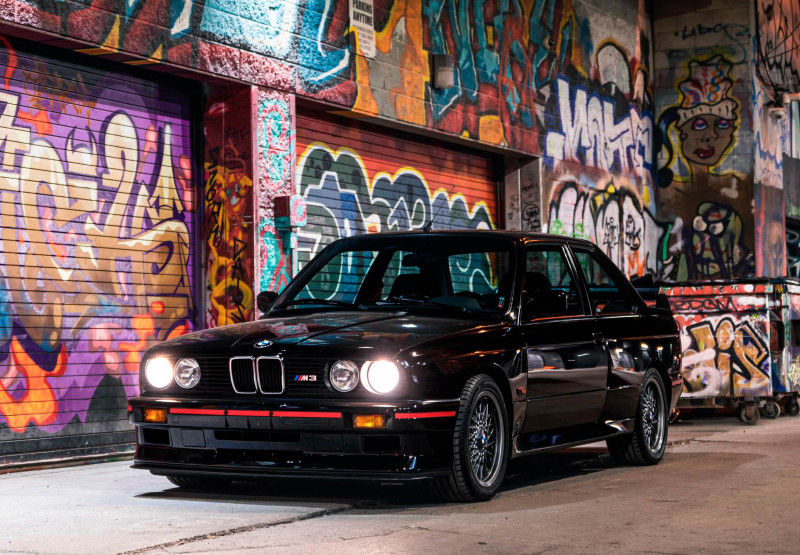
SOME 600 WERE BUILT BETWEEN 1989 AND 1990, NOW WITH MORE FINE TUNING OF AERODYNAMICS, SUSPENSION AND DIFFERENTIAL PLUS A 2.5-LITRE, FOUR CYLINDER S14 PRODUCING 238 HORSEPOWER
Front and rear windscreens were bonded to the body with the C pillar and rear screen also re-angled plus the fibreglass bootlid was lifted a tad for better aerodynamics. There were also plastic front and rear bumpers, side skirts, rear apron and deck spoiler only the bonnet, roof and sunroof were shared with the standard E30 coupe. Wider wheel arches served to accommodate a wider track plus the M3’s race wheels and tyres.
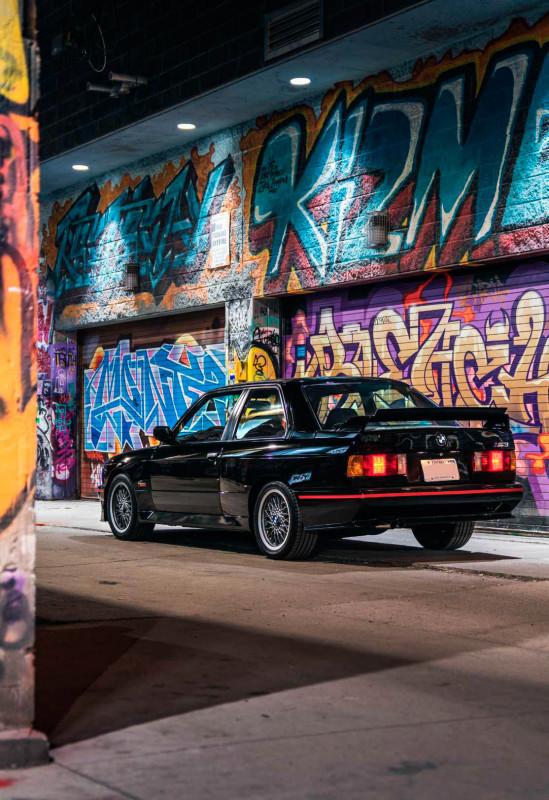
Suspension work included stiffer springs, re-valved dampers and more steering castor plus quicker power steering.
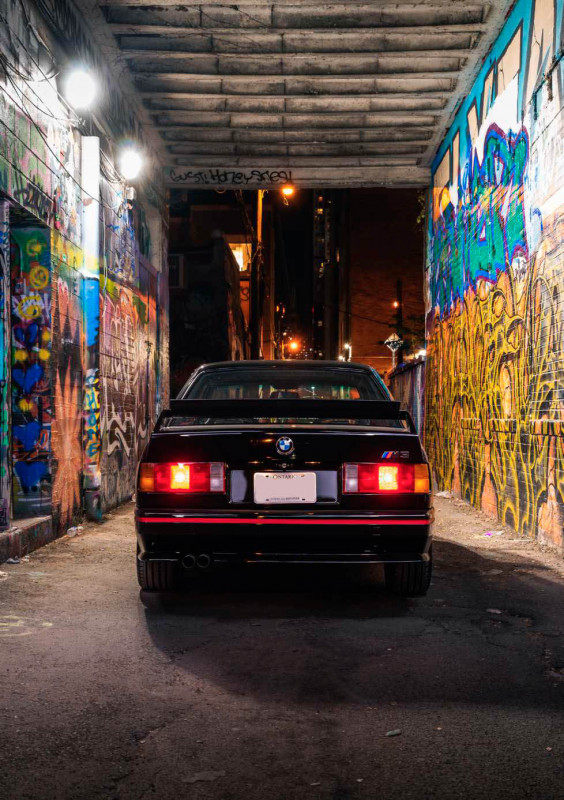
A limited-slip differential and special brake calipers and rotors were standard gear and these first M3 coupes also built as a limited run of convertibles _ ran with BMW’s S14 four-cylinder, 2.3 litre engine producing 195 horsepowerwith a Getrag five-speed manual delivering torque to the rear wheels.

BMW Motorsport’s aerodynamic tweaks and race-tuned suspension saw that original M3 sprint from 0 to 60 mph in a claimed 6.5 seconds and onto a top speed of 146mph (235km/h). It weighed in from around 1200 kilograms it had a power-to-weight ratio of 7.93kg per kW (13.25lb per bhp).
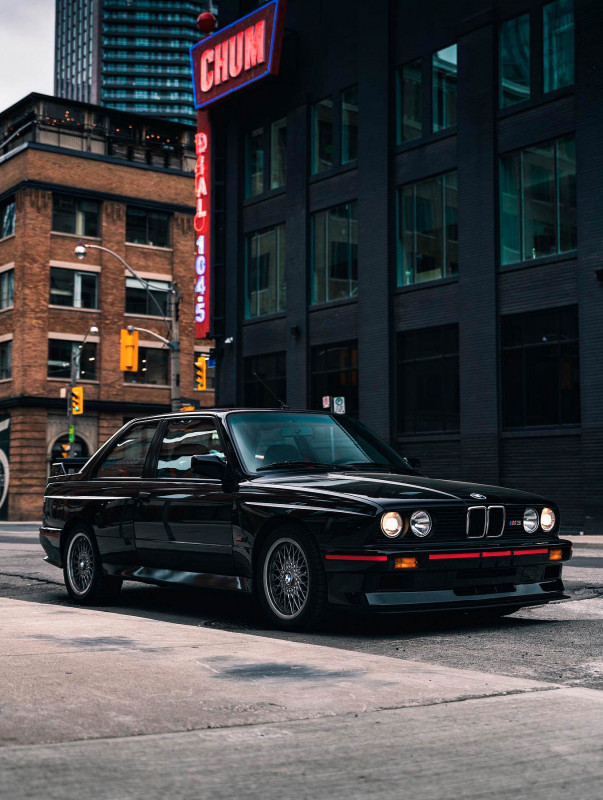
Then followed two special editions of the M3 to keep pace with changing rules and regulations for ever-competitive touring car championships.
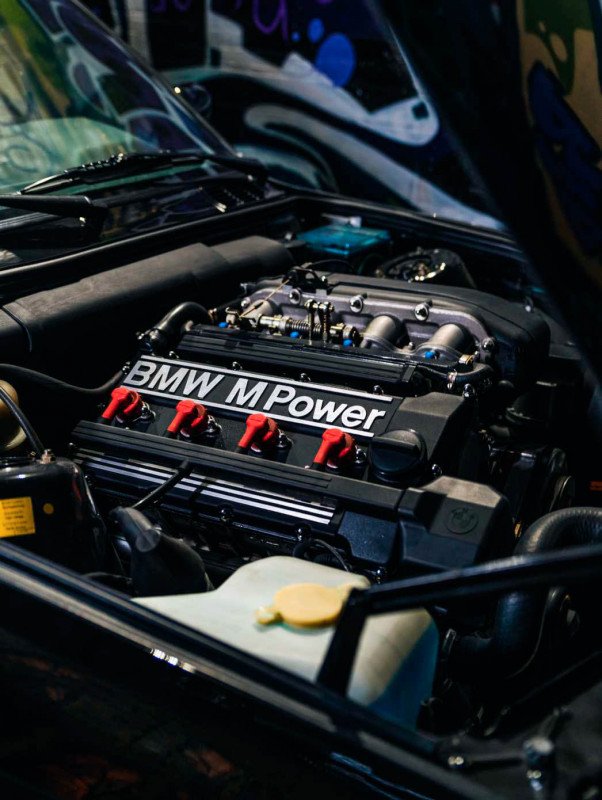
The Evolution II arrived in early 1988 with extensive modifications over a standard M3, beginning with a reworked motor. This version used higher compression 11:1 pistons, a revised air intake, lighter flywheel plus a dressed-up cam cover painted with the M Division’s tri colours to lift the 2.3 litre’s power output to 220 horsepower; the final drive ratio was shortened to 3.15:1.
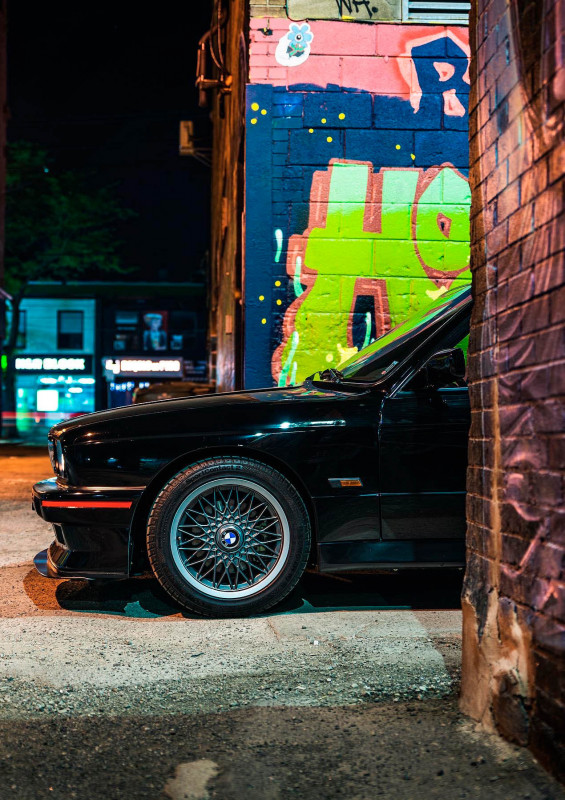
This Evo version also lost come 10 kilograms thanks to a lighter boot and bumpers plus thinner window glass. Some 500 were built with M3-stamped door sills and a dashboard plaque with the car’s production number.
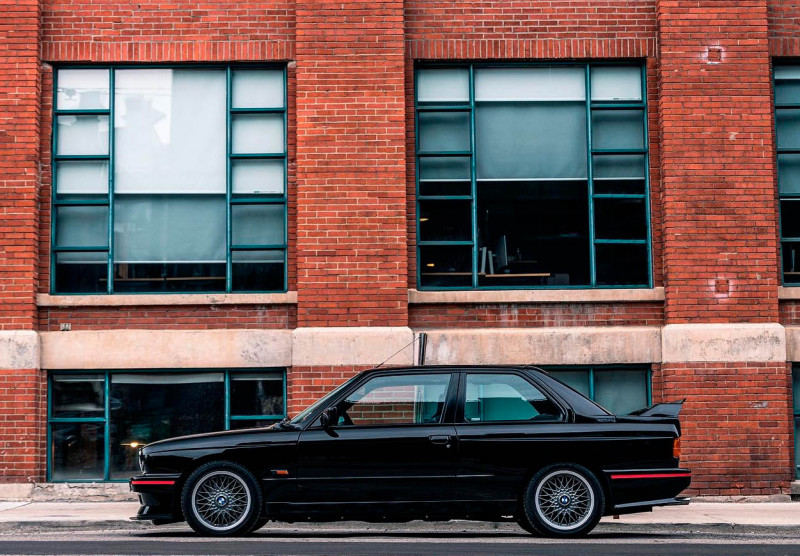
Just as rare, and most probably the most favoured, of these Group A homologation specials was the M3 Evo III, also known as the Sport Evo. Some 600 were built between 1989 and 1990, now with more fine-tuning of aerodynamics, suspension and differential plus a 2.5 litre, four-cylinder S14 producing 238 horsepower at 7000rpm thanks to increased bore and stroke plus sodium-cooled exhaust valves.
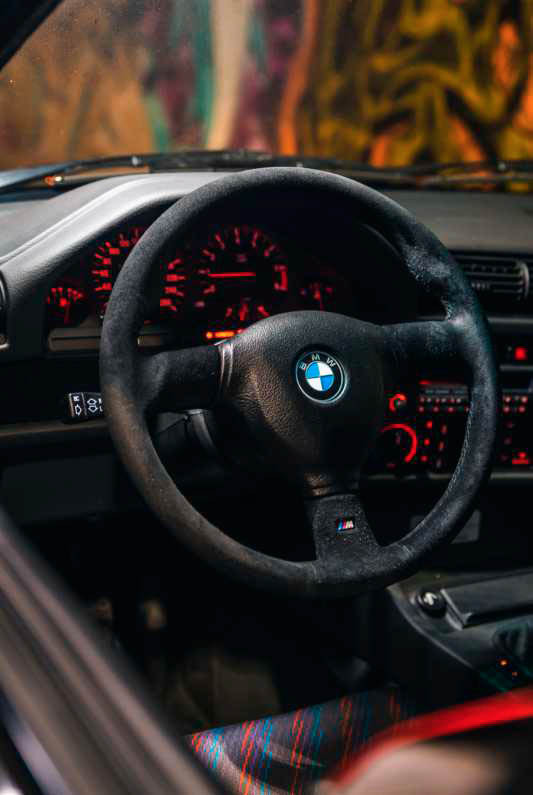
The front wing was wider with adjustable spoilers front and rear, brake cooling ducts appeared in the front bumpers and the Evo III rode on 16-inch BBS alloy wheels with taller wheel arches to accommodate 18-inch racing rubber. It sat lower than the previous Evo M3 and was only available in Brilliant Red or Glossy Black with one-piece racing seats inside.
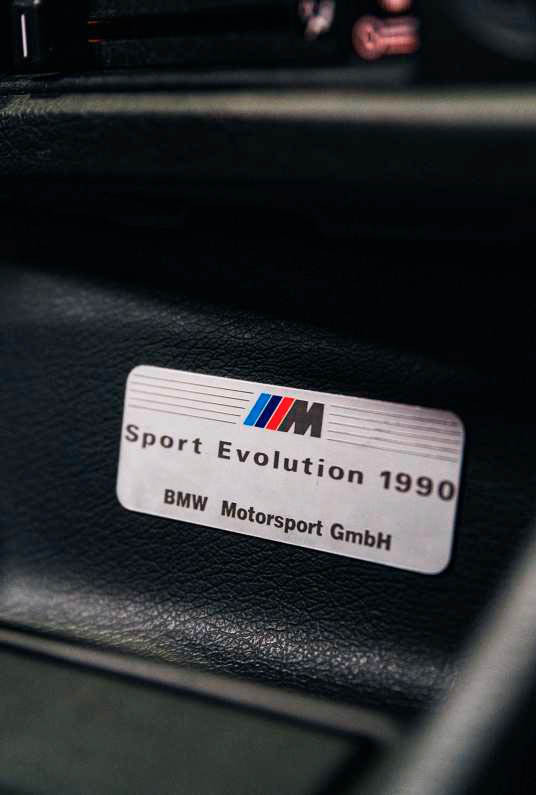
Other M3 specials included 148 Europameister editions, celebrating BMW’s 1988 European Touring Car Championship title and painted exclusively in Macao Blue with a decal signed by Italian racing driver and winner Roberto Ravaglia. There were also 505 M3 Cecotto versions with just 25 of those delivered as another special ‘Ravaglia’ model.
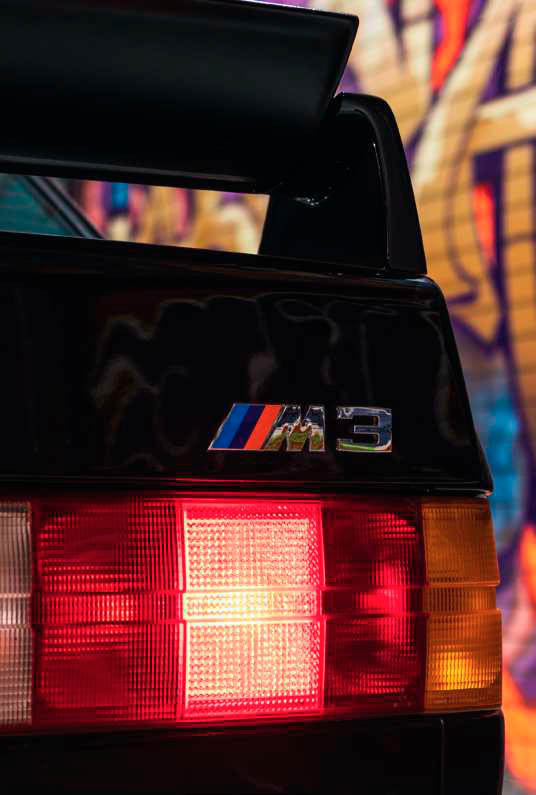
Some 18,000 E30 M3s, including some 786 convertibles, were built between 1986 and 1991. The racetrack M3s with up to 360hp by the end of their sporting life scored notable victories and championships around the world, from Germany’s famed Nurburgring circuit to Australia’s Mount Panorama at Bathurst.
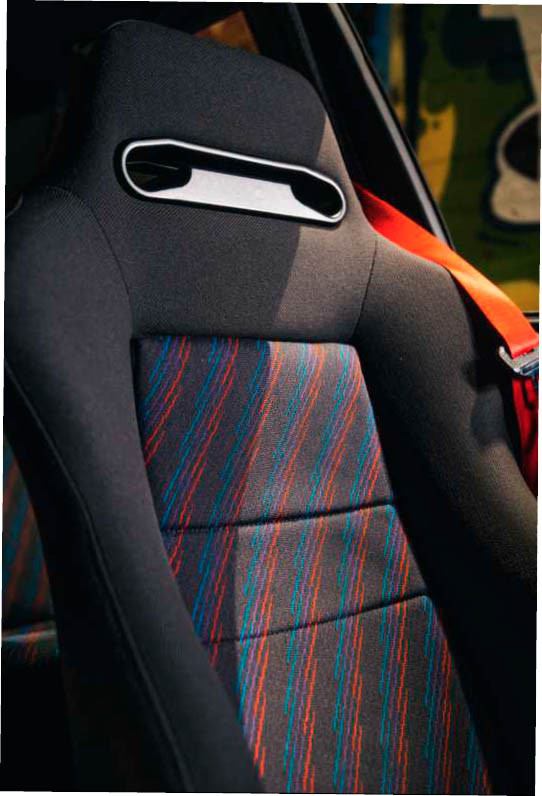
THE RACE TRACK E30 M3 S SCORED NOTABLE VICTORIES AND CHAMPIONSHIPS AROUND THE WORLD, FROM GERMANY’S FAMED NURBURGRING CIRCUIT TO AUSTRALIA’S MOUNT PANORAMA AT BATHURST.


